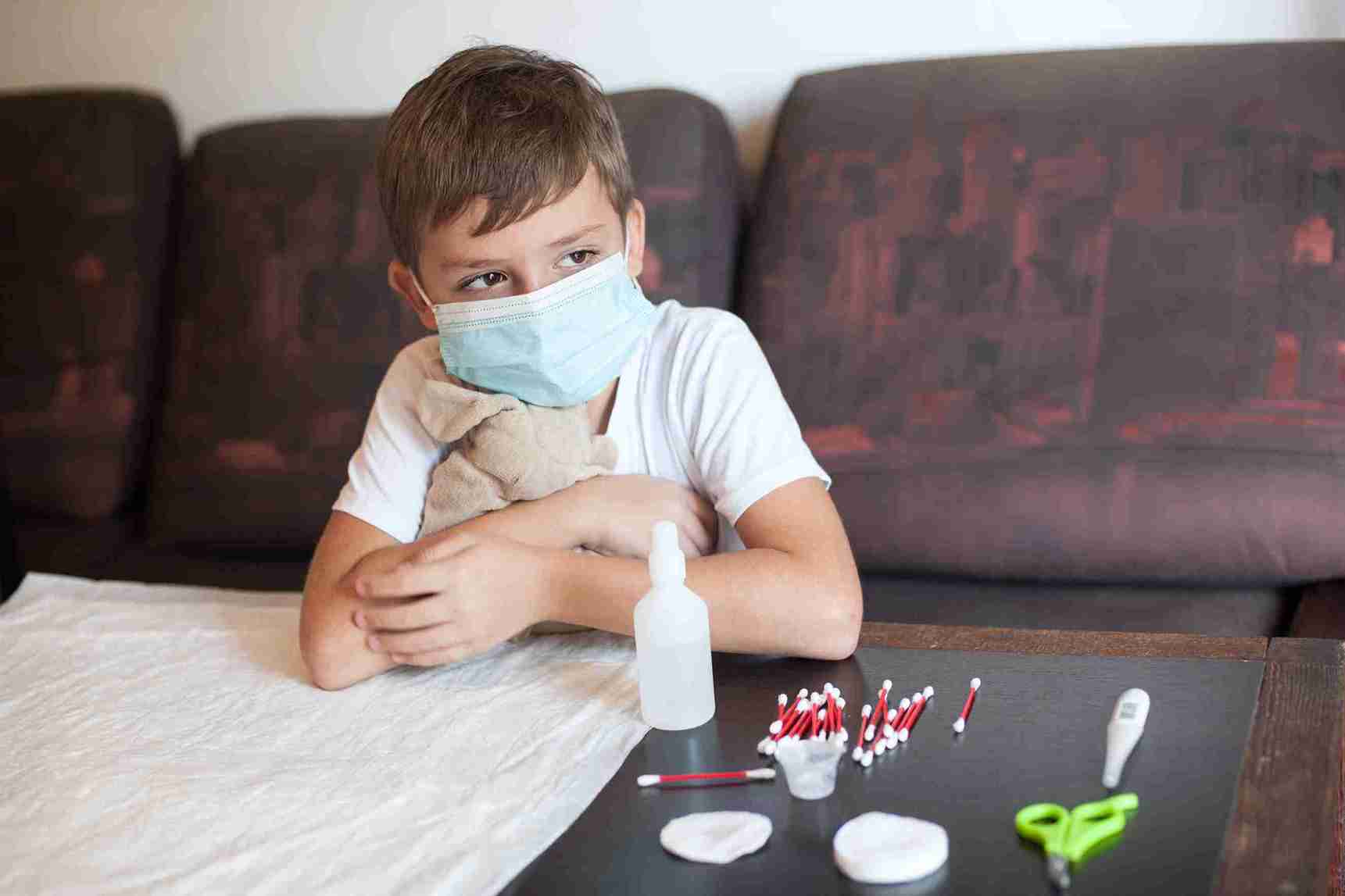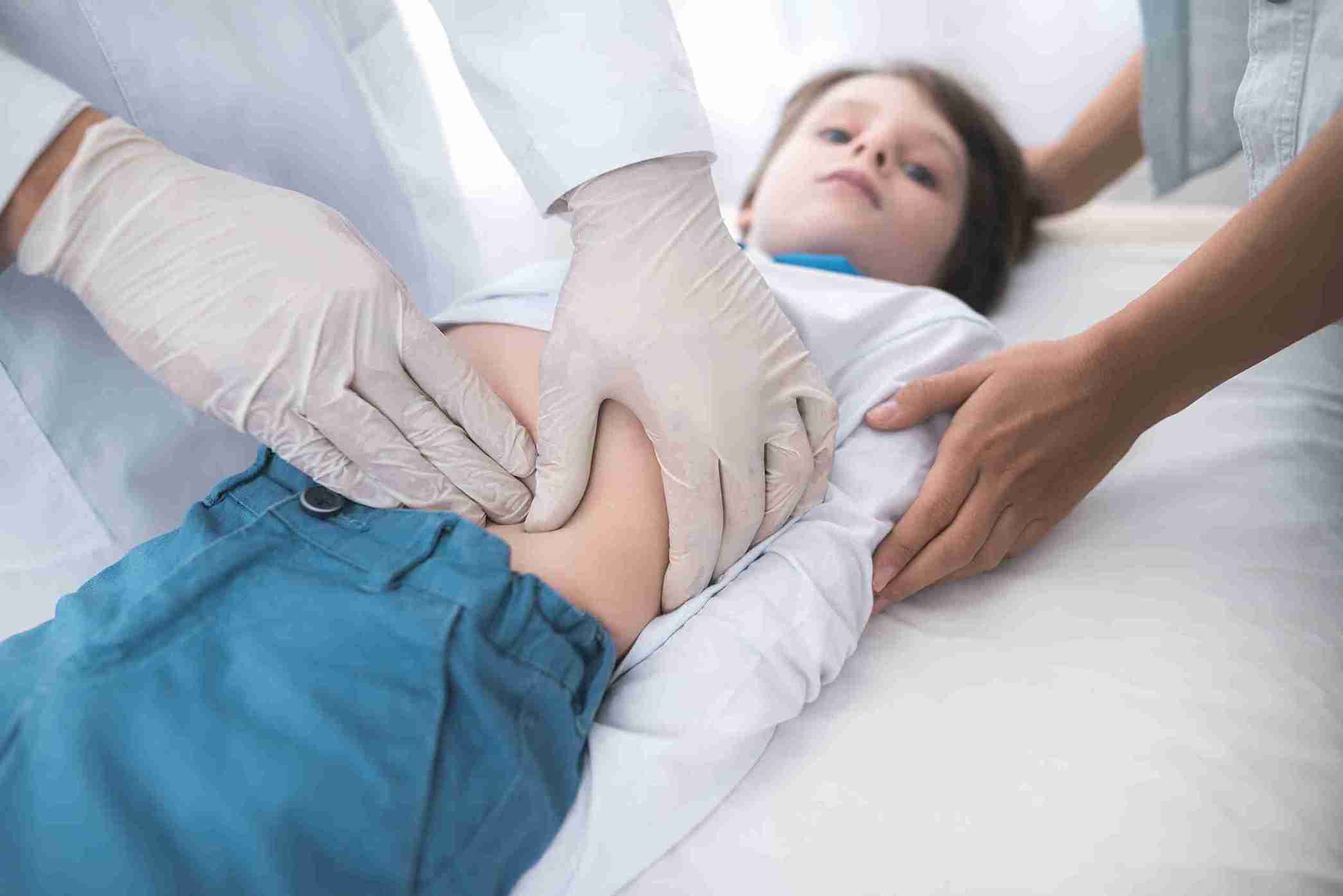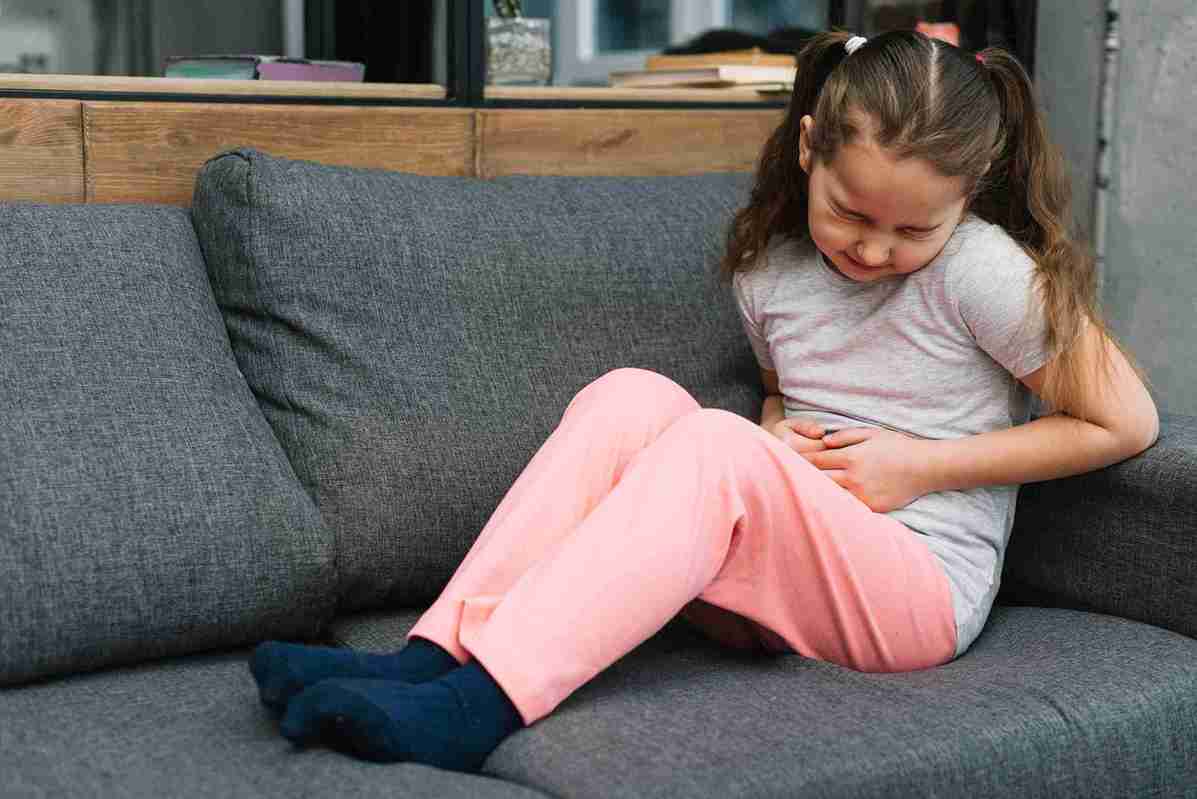
Typhoid fever is a bacterial disease that continues to be a public health issue, especially in areas with poor sanitation and minimal access to clean water. Typhoid is caused by Salmonella Typhi and primarily targets the gastrointestinal tract, but it can affect other organs if not treated promptly. Typhoid in kids is a dangerous yet curable illness if treated at the right time. The immune system in children is still at the developmental stage, due to which there is a greater chance of exposure through contaminated hands or food. Children, particularly toddlers, are more susceptible to this illness. From how children contract the infection to its diagnosis and treatment, this comprehensive guide covers everything you need to know about typhoid in children.

Typhoid is a disease caused by the bacterium Salmonella Typhi. It is transmitted via the faecal-oral mode of transmission, i.e., the infection is transmitted when the child swallows food or water that contains faeces from the infected individual. The bacteria can also be picked up by the child via poor hand washing, unclean fruits and vegetables, or contact with contaminated utensils or surfaces.
When consumed, the bacteria move along the intestine and into the bloodstream, from where they propagate to other organs. The incubation period of typhoid is typically 1 to 3 weeks, but it can be up to 60 days in some instances.
The development of typhoid symptoms in kids may be slow and subtle, and early detection can therefore be difficult. One of the earliest and most reliable signs is high fever (39–40°C or 102–104°F). This may be accompanied by chills and sweating, but does not normally resolve spontaneously.
Other frequent early symptoms are:
● Headache
● Fatigue and lethargy
● Loss of appetite
● Abdominal pain or discomfort
They may appear particularly exhausted, skip meals, or experience a stomachache. They can also present with a dry cough or nonspecific malaise indistinguishable from flu-like illness in some instances. These presentations are usually overlooked in the early stages unless there is known exposure or travel.
One of the characteristic features noted in certain children is the development of rose spots- small, flat, pink macules usually on the chest and abdomen between days 7 and 12 of illness. While not universal, they are viewed as a diagnostic hint when in combination with fever and gastrointestinal disease.
Gut changes also make up a significant component of typhoid presentations in children. Diarrhoea is more common in toddlers, whereas constipation can occur in children and adults. Abdominal distension, nausea, and vomiting are other presenting symptoms. In severe cases, neurological presentations such as confusion, delirium, or body pain may also present.

Accurate diagnosis of typhoid in children requires a high degree of clinical suspicion, particularly in areas where the disease is endemic. A history of travel or contact with an individual who has typhoid raises suspicion. Physicians typically advise:
● Blood culture (Gold Standard Test)
● Complete blood count (CBC) to evaluate overall health status
On diagnosis, immediate antibiotic treatment is necessary. It is important to finish the entire course of antibiotics even if the child feels better within a couple of days. Incomplete treatment causes a high risk of relapse and antibiotic resistance.
Supportive care in the form of hydration, good nutrition, adequate rest, and fever control is also crucial for recovery.
With proper treatment, children start recovering from typhoid in 4 to 7 days. Signs of recovery from typhoid that can be observed include:
● Fever returning to normal
● Improvement in appetite
● Increased energy level and alertness
● Normalisation of bowel movements
● Vanishing of skin rash
It is important to complete the medication as advised and visit the doctor for follow-up to ascertain that the infection has fully disappeared. Even when recovery from typhoid is noted, omitting the last doses of antibiotics can cause relapse.

Poorly treated or untreated typhoid can lead to serious, life-threatening complications. These usually occur in the third week of illness and can comprise:
● Intestinal bleeding or perforation
● Sepsis (spread of infection in the body)
● Meningitis (infection of the brain cover)
● Metabolic disturbances
The complications of typhoid fever aggravate in children under the age of five, especially when resistant strains are involved. Proper diagnosis and complete treatment minimise these problems considerably.
Prevention is the most efficient defence against typhoid fever. Parents can help lower the risk of typhoid among children by following these tips:
● Ensure safe drinking water—Use boiled, filtered, or bottled water for drinking and preparing food.
● Encourage good hand washing—Train the children to use soap for hand washing before meals and after using the toilet.
● Avoid street stalls—Especially in endemic areas with typhoid outbreaks.
● Immunise your child—Typhoid vaccines are in the form of injections for children over 6 months and are recommended.
● Thoroughly wash fruits and vegetables—Ideally with clean running water.
Booster doses and safe handling of food are particularly a must for those families who travel regularly to typhoid-prone areas.
When it comes to comprehensive child healthcare, Cloudnine stands out for its evidence-based medical approach and commitment to personalised care. Our paediatric services are led by experienced doctors who specialise in infectious diseases, early childhood care, and preventive health. Cloudnine ensures access to modern diagnostic tools, round-the-clock support, and well-structured recovery plans tailored to every child’s needs.
Unlike most clinics that treat symptoms alone, Cloudnine's model of integrated care addresses root causes, holistic treatment, and long-term wellness, putting parents at ease even in the most stressful situations.

Typhoid continues to pose a serious health risk to children, especially where there is poor availability of clean water and sanitation. Identification of the initial typhoid signs in children, accessing prompt medical attention, and adhering to the recommended medication can make a huge difference in outcomes.
Monitoring for signs of healing from typhoid and understanding the possible complications of typhoid fever prepares parents to act confidently and decisively. With prevention, awareness, and proper care, such as that provided at centres like Cloudnine, parents can safeguard their children from this completely preventable illness and see a seamless recovery if it occurs.

Watch for fever, loss of appetite, diarrhoea, stomach pain, and severe weakness. If symptoms persist after 3 days, seek a paediatrician.

Yes. As a result of weak immune systems and poor hand hygiene, toddlers are at greater risk, particularly in low-sanitation communities.

Typhoid stools can be loose, greenish, or mucus-like. In serious cases, there can be blood residues.

No. Typhoid does not spread through respiratory droplets. It spreads via contaminated water and food or poor hygiene.